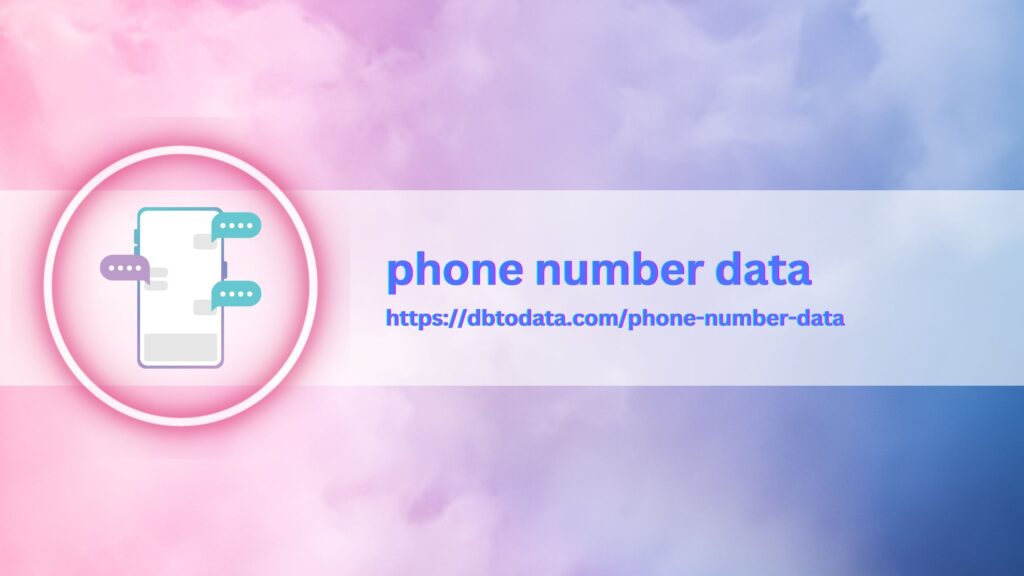Have you ever found yourself in the frustrating situation of trying to schedule a meeting or event with a group of people who just can’t seem to find a time that works for everyone? If so, you’re not alone. Suggesting times and dates that accommodate everyone’s availability can be a challenging task, but with the right tools and strategies, it can be made much easier.
The Importance of Efficient Scheduling
Efficient scheduling is crucial for maximizing productivity and avoiding unnecessary delays. When a group of people needs to meet or collaborate on a project, finding a time that works for everyone is essential for ensuring that the work gets done in a timely manner. Without efficient scheduling, meetings can be delayed, deadlines can be missed, and projects can fall behind schedule.
Utilizing Scheduling Tools
One of the most effective ways to suggest times and dates for a meeting is to use scheduling tools. These tools allow you to input the availability of all participants and then suggest potential meeting times that work for everyone. Popular scheduling tools like Doodle, Calendly, and When2Meet make it easy to coordinate schedules and find a time that works for everyone involved.
Communicating Clear Expectations
When suggesting times and dates for a meeting or event, it’s important to communicate clear expectations to all participants. Make sure everyone knows the purpose of the meeting, the expected duration, and any necessary preparation that needs to be done beforehand. By setting clear expectations, you can ensure that everyone is on the same page and prepared to make the most of the scheduled time.
Considering Time Zones
In today’s globalized world, it’s common for team members to be located in india mobile number data time zones. When suggesting times and dates for a meeting, it’s important to take these time differences into account. Be mindful of everyone’s time zone and try to find a time that is convenient for the majority of participants, even if it means scheduling a meeting outside of normal working hours for some people.
Flexibility is Key
Flexibility is key when it comes to suggesting times and dates for a meeting. Not everyone will be able to accommodate the first time you suggest, so be prepared to offer alternative options. Consider scheduling multiple potential meeting times and allowing participants to vote on the time that works best for them. This way, you can find a time that suits the majority of people without excluding anyone.
Setting Reminders
Once a time and date have been agreed upon, it’s important to set rem. Finders to the third and final version that everyone remembers the meeting. Send out calendar invitations, reminders, and any necessary information ahead of time to avoid any last-minute confusion or missed meetings. By setting reminders, you can help ensure that everyone is prepared and ready to participate.
After the meeting has taken place, be sure to follow up with par. Kticipants to gather feedback and discuss any action items that were decided upon. Following up shows that you value everyone’s input and that you are committed to making the mo. Lst of the time spent in the meeting. By following up, you can ensure that everyone is on the sa. Lme page and ready to move forward with any decisions made during the meeting.
Conclusion
Suggesting times and dates for a meeting may seem like a daunting task, but uk data the right tools, str. Mategies, and communication, it can be made much easier. By utilizing scheduling tools, communicating clear expectations, considering time zones, remaining flexible, setting reminders, and following up after the meeting, you can ensure that your meetings are productive, efficient, and well-attended. So next time you need to schedule a meeting, remember these tips to make the process a breeze.

